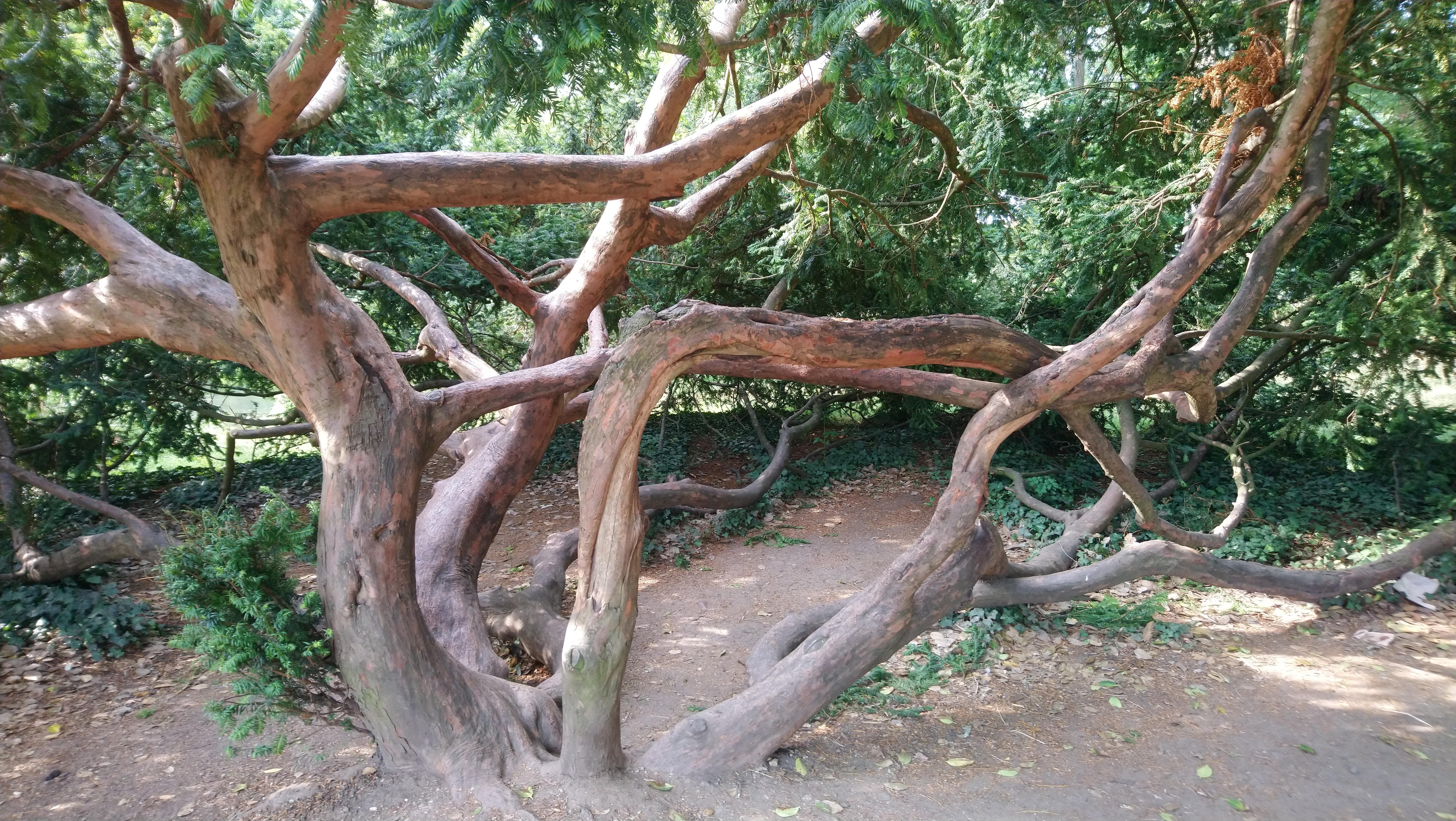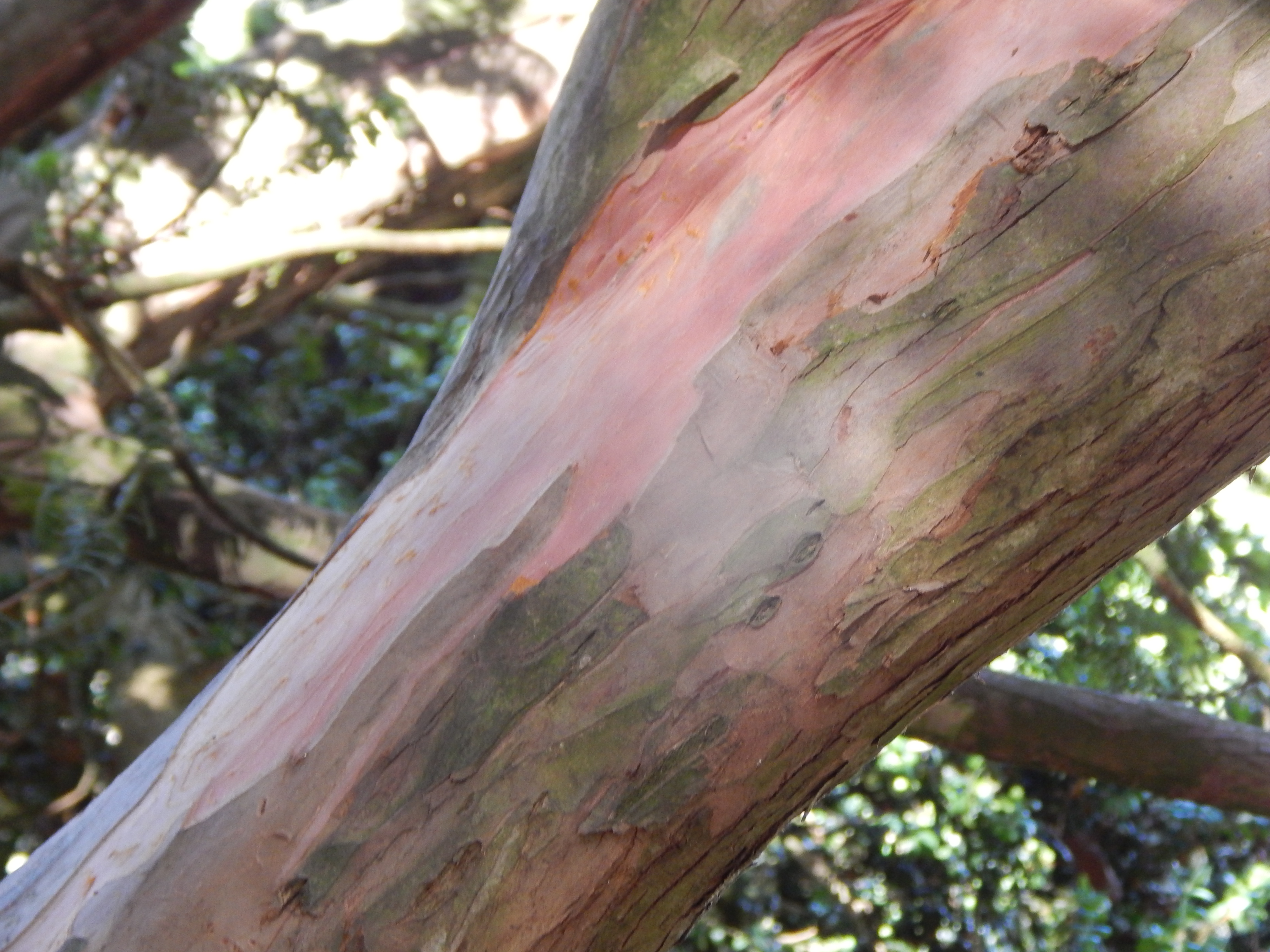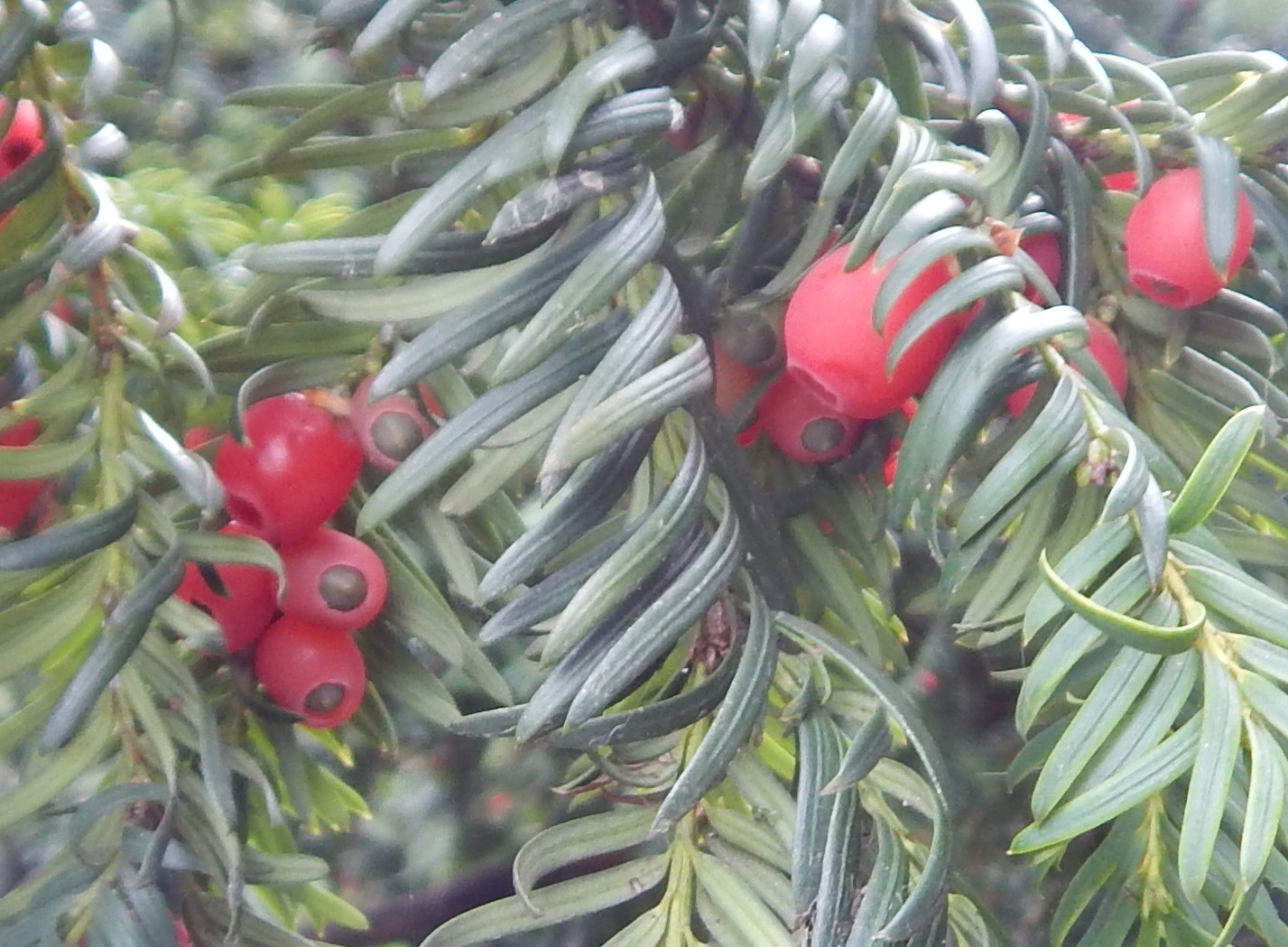
[340] Taxus baccata, Yew
Introduction
My last conifer, Taxus baccata, the Yew Tree, comes in a small family, Taxaceae with only about thirty to forty species. All of these species are called Yews, so our species can be called the Common Yew, English Yew or European Yew.
Other species in the closely related family Cephalotaxaceae are also called Yews, as are some other coniferous tree species.
Many old trees are found in churchyards and the species is also increasingly popular as an evergreen hedge.
Taxonomy
Kingdom – Plants
Division – Vascular Plants
Class – Pinopsida (Conifers)
Order – Pinales (All extant conifers)
Family – Taxaceae
Genus – Taxus
Scientific Name – Taxus baccata
Several cultivars are available.
Historically Taxaceae has had its own order Taxales but modern botany includes it within Pinales.
Name
The word come via Old English and earlier roots for the yew and perhaps other trees.
Taxus was the Classical Latin name for the tree. The Latin baccata means having berries from bacca, berry. (Like most trees, taxus is feminine but looks masculine.)
Description
All species of Taxus are very similar and they are sometimes treated as subspecies of Taxus baccata.
Some of the oldest trees in the UK are Yew trees and we gave several over a thousand years old, some possibly 2 000 years old. They are slow growing trees. Sometimes they have a pink tone to the thin brown bark.



The leaves are dark green, flat and needle-shaped. Wikipedia describes them as spirally arranged on the stem with their bases twisted to two flat rows except on leading edge shoots. What this means is that for established leaves, they look flat on both sides but the new growth at the end forms a spiral bunch. The new growth each year also starts much lighter in colour.



Like other coniferous tree they produce cones but they don’t look like the cones of other trees. Each female cone, containing a single seed, is surrounded by a soft red structure that looks like a berry. (It’s called an aril.) The ‘berries.’ which are not poisonous, mature and are eaten by birds such as thrushes. Birds such as Great Tits and finches eat the seeds within them.




All parts of the tree, apart from the berries, are poisonous and should not be eaten. Yew trees have been eliminated from some forests because of the danger of being eaten by cattle or horses.
Habitat and use
Taxus baccata is found in most of Europe except Scandinavia, western Asia and northern Africa. This includes its original range and extended areas of naturalization.
Its wood has been used traditionally for musical instruments, furniture and particularly longbows. In places it was felled almost to extinction. In modern times it is not a practical commercial timber because of its slow growth.
It is now widely grown in gardens and parks for hedges and topiary.

Other Notes
Many old Yew trees in England are found in churchyards and cemeteries. I was led to believe that they were put there to keep cattle out – as they are poisonous to them. But the tradition arose to protect the cattle. In mediaeval times when fields were not enclosed, churchyards were generally surrounded by walls so they protected cattle outside from the possibility of eating from the trees. They were the only places where yew trees could grow safely.
The green growths in the following picture are Yew bud galls produced by Taxomyia taxi, a tiny gall fly in the family Cecidomyiidae.

See also
The Yew is not only our last conifer. It’s the last proper tree. We will look at Palm trees soon.

